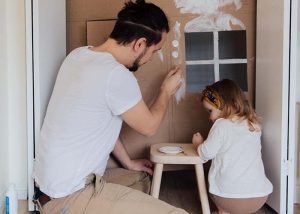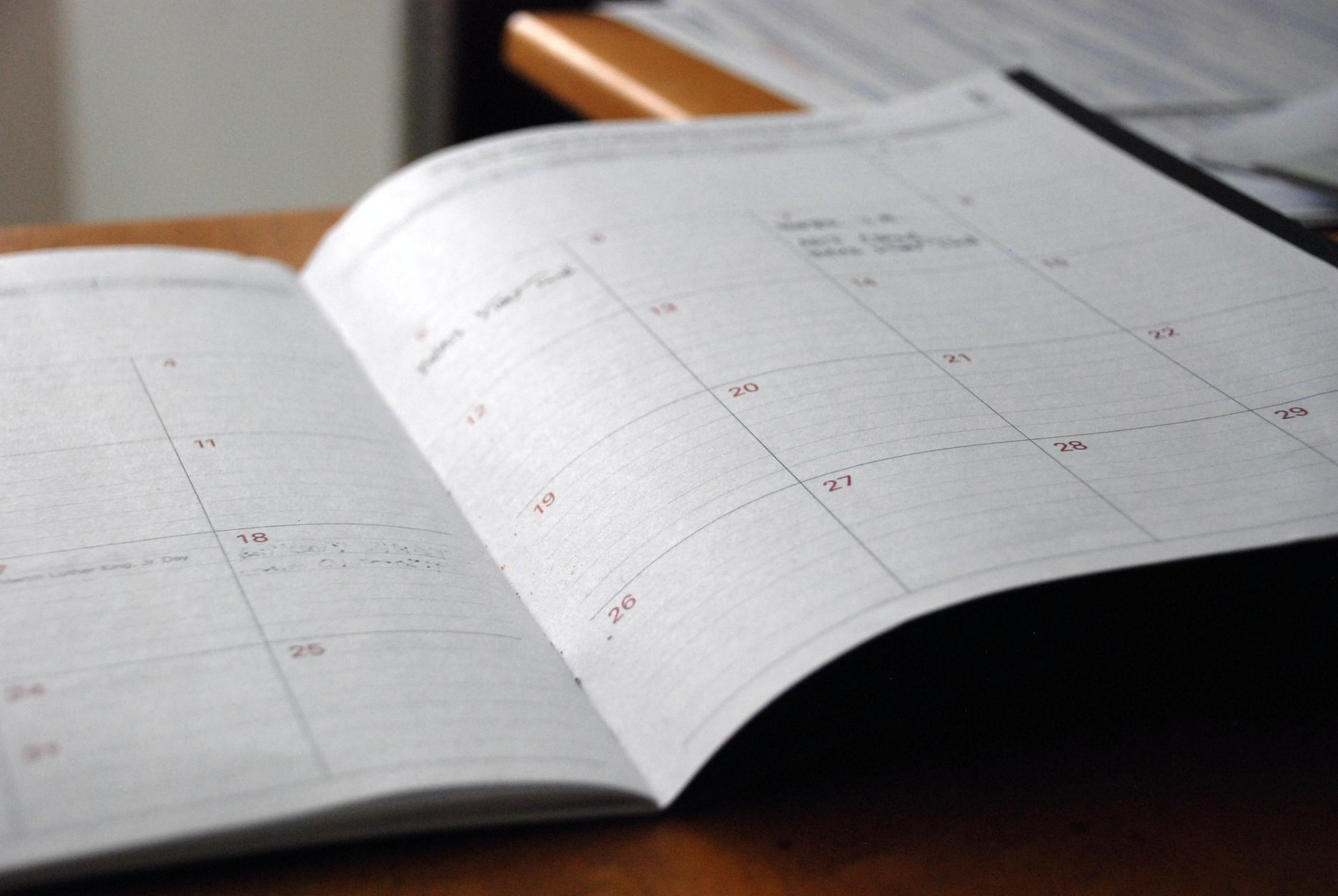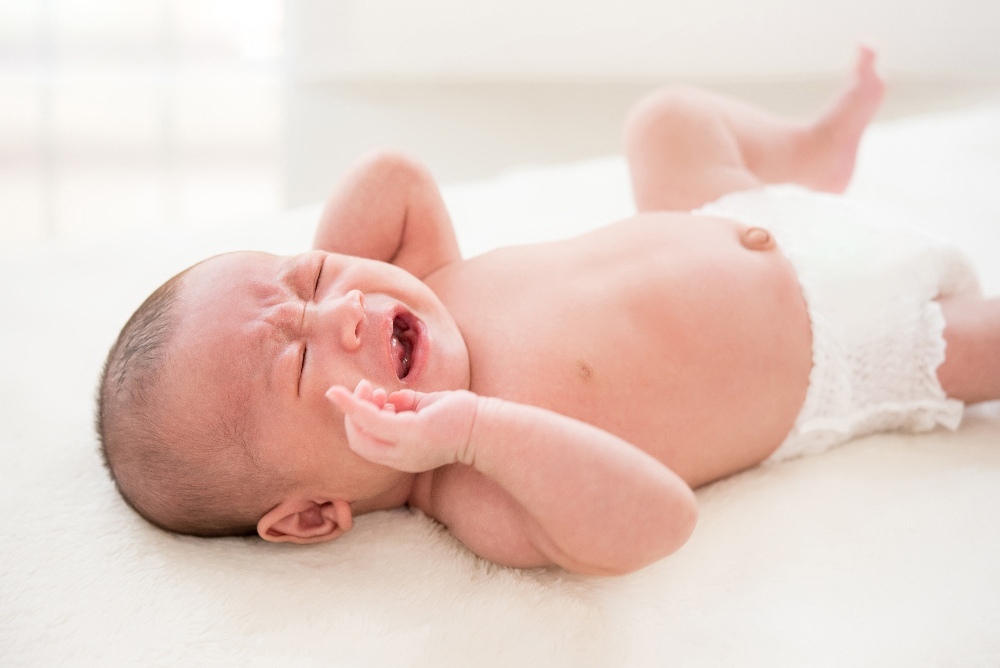As new parents, the concept of independent play may seem impractical or needless. But the truth is that the benefits of independent play for babies begin early.
Apart from the obvious benefits of building their confidence, it also helps them learn problem-solving abilities, focus, imagination, and creativity, independent playtime.
Additionally-
- It offers environments for independent exploration, an opportunity to analyze, incur the surroundings.
- Sets the stage for future quiet time, space to work on chores with little or no help.
Manage your expectations
Manage your expectations. When we say independent playtime for infants and toddlers:
- It doesn’t mean you place the child in the play area and leave.
- Nor does it mean that the child will learn to play for hours at a stretch.
The realistic expectation for an independent playtime depends on numerous parameters.
Based on the child’s age, development stage, temperament, and other factors, we expect them to play alone for a particular period, with little or no support from a parent figure.
How Long Can Babies Play Independently?
While there are no clear guidelines or recommendations for how long babies can play by themselves, here are the approximate period infants and toddlers can concentrate and keep themselves busy:
- 6-month-old: 5-10 minutes
- 12-month-old: 15-20 minutes
- 18-month-old: 20-30 minutes
- 2-year-old: 30-45 minutes
Other Factors
Other factors to look out for a while encouraging infants and toddlers to play independently:
- Check the basics: Signs for hunger, thirst, diaper change, room temperature, uncomfortable clothing, etc.
- Look at their energy levels: Bored, tired, or sleepy, needs a hug or wants to be held for a while, etc.
- Have a plan B ready: An alternative toy or activity.
- Observe your child’s strengths and weaknesses, and plan accordingly.
Getting Started With Independent Play Time
Again, it’s most important to remember to keep your expectations in check when looking for independent play. Prepare your environment, step back, and allow them to concentrate. But, even with all that, you may only see glimpses of independent play for a long time. Eventually, your child will get there if you allow them to follow their own path.
-
Creating A ‘YES’ Space:
Apart from securing the furniture, plug points, and adding a gate. You might want to create a space where the child is free to move around. The ‘yes place’ should not just be a baby-proof area but also a place where you don’t have to use the words “no,” “can’t,” “don’t,” or “stop.” You can also use playmats and a playpen if you wish to switch the place due to circumstances. The child should be free to touch and play with everything in that area.
-
Start Slow:
Use the peek a boo method. Understanding your baby’s mood is very important. Play with them for a few seconds, then walk away for a few seconds, and return to play. Keep up this pattern for a few days so your child begins to understand that when you leave, they can expect you to return. Eventually, they’ll become more interested in their toys than in your arrival and leaving.
-
Part Of The Routine:
Babies thrive on routines. Routine gives them rhythm and predictability to their day. Sticking to a familiar pattern soothes kids in stressful situations. So schedule this independent play session for the same time each day. A perfect time can be after a nap and a feeding session. You can play and snuggle for a while and then set the baby in the ‘yes space.’ Try having solo playtime two times a day, earlier in the morning and later in the afternoon.
-
Place Just A Few Toys:
Don’t overwhelm the baby with too many toys. Stick to just a few age-appropriate toys. Let the child spend quality time with each toy instead of only scanning through all the available toys. Rotating a set of toys every few days or a week to keep up with the baby’s interest levels is recommended.
-
Step Back And Observe:
Resist the urge to intervene when your child is concentrating; protect that concentration. It includes times when you are sitting and playing with your baby. Observe your baby often to make sure the materials available meet their needs. Let your toddler explore their materials, don’t feel like you need to interject to “show” or “teach” them the right way to use something. Let them feel like they don’t need to turn to you to make sure they are playing correctly. Keep yourself busy in the same room as your child’s- read a book, clean up, or do something else.
-
Spend Quality Time Together:

Spending time together with your child while playing will make things even easier!
Children are much more open to playing alone when they have already had some quality time with the parent figure. So have a quality one-on-one session or a healthy structured play session. It is especially true during their clingy phases/ separation anxiety phase. Have a lot of holding and snuggling time, but other times let them lie down and gaze at their playmate or mobile or simply look around on his tummy.
-
Don’t Rush Things:
Don’t force it or sneak away if your child is upset. Look for times when they are calm, comfortable, and engaged.
Conquering Clinginess/ Separation Anxiety
- Separation Anxiety is a milestone that every child goes through. It develops after a child gains an understanding of object permanence. This only means that the child has become attached to you, and when you leave their sight, it is upsetting for them.
- Separation anxiety cries don’t mean you are spoiling the baby or that the caregiver isn’t good enough. Separation Anxiety cries do not reflect your parenting or the caregiver’s presence.
- Separation Anxiety is temporary. It usually shows up between 4 to 7 months (reoccurs during 15 or 18 months of age).
Interestingly, the only way to deal with separation anxiety is by giving the baby some solo time. It may take some time, but eventually, they’ll learn that being on their own isn’t so scary.
If you notice any anxiety symptoms in your child, you can check our blog on ‘Separation anxiety In babies and children.’
Dealing With Mom (Or Parent) Guilt
Sometimes it’s not the child who resists independent play- it’s the parent.
As new parents, we wish to spend every moment with our children. Most of us find ourselves guilty of this crime too. At times, you may also feel you are doing something wrong.
Though it may be hard to sit by and watch your baby play alone, remind yourself that it’s a necessary, positive learning experience for your child.
Keep in mind that while the child is playing by themselves, you should supervise them, especially when playing outdoors.







